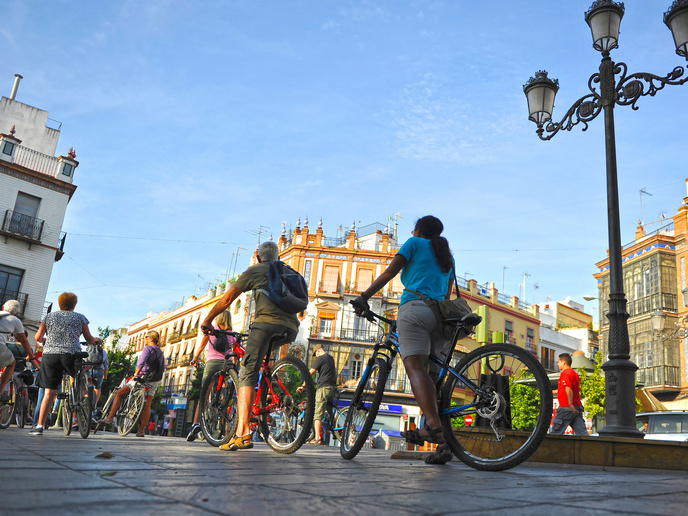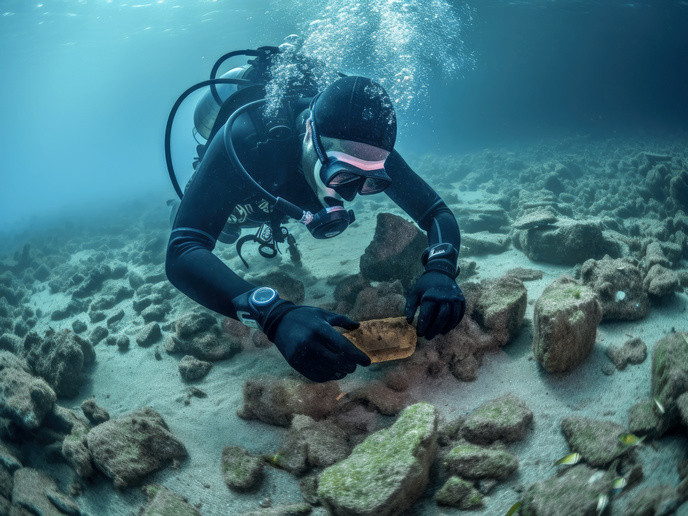Reshaping cultural tourism in Europe for sustainable growth
Cultural tourism has emerged as a dynamic force for economic growth, particularly in rural areas and urban peripheries of European regions. To harness its potential, the EU-funded project SmartCulTour has redefined the landscape of cultural tourism, deploying innovative strategies that engage stakeholders in co-creating sustainable cultural tourism practices. By amalgamating traditional and non-traditional data sources, the project has developed a comprehensive decision-support system (DSS) to monitor regions effectively. Through field tests in six living labs, the project brought a fresh perspective to regional development, especially in rural peripheries and the urban fringe, emphasising sustainable cultural tourism as a growth catalyst. The project's comprehensive research has identified sustainable practices that positively impact regions, formulating proposals for local interventions.
Between overtourism and underexplored destinations
SmartCultour pinpointed a significant issue prevalent in many European destinations that concerns the unequal growth of tourism. This results in inefficient resource utilisation and disparities in costs and advantages. While some locations grapple with the negative impacts of overtourism, a considerable portion of European regions remains underexplored, presenting untapped tourism potential. “On a more empirical level, through a broad selection of indicators on the level of local administrative units, the project led to a statistical validation of the positive relationship between cultural tourism and local sustainability and resilience, a relationship which has often been implicitly considered, but has seldom been quantified,” comments Bart Neuts, SmartCulTour coordinator.
The data scarcity lesson
One of the key challenges was the scarcity of local-level data, necessitating novel strategies to enrich official statistics. Additionally, the project faced difficulties in integrating for-profit private companies within the living labs and was challenged by a lack of funds for infrastructure-related interventions. Overcoming these issues required the implementation of common data collection guidelines, the flexibility to include new members in the living labs as needed, and the exploration of future funding opportunities. “In order to overcome the challenges of data scarcity, official statistics were enriched with big data and machine learning algorithms. Finding new ways to collect large-volume data at low cost is particularly important for less visited, regional destinations where traditional visitor surveys would be prohibitively expensive,” points out Neuts.
A toolkit to refine cultural tourism
An essential aspect of SmartCulTour's approach was the adoption of a co-creative, bottom-up methodology for destination planning and development. By fostering inclusive stakeholder engagement through arts-based and service design tools, the project created a level playing field for diverse interests and visions. The SmartCulTour tookit has been designed to assist destinations in implementing local actions for sustainable cultural tourism. Through a mix of creative, visual, and quantitative tools, the toolkit ensures a holistic approach to cultural tourism development.
The upcoming tourism landscape
Looking ahead, the project aims to extend its impact by integrating its toolkit into the operations of interested regions and European destination management organisations (DMOs). The collaboration with related projects such as SPOT and IMPACTOUR is expected to yield synergistic outcomes, amplifying the collective influence of these initiatives in the European cultural tourism landscape. With its emphasis on sustainable practices and community involvement, SmartCulTour has set a precedent for future cultural tourism initiatives, fostering resilience and equitable development in European regions.
Keywords
SmartCulTour, cultural tourism, European tourism, sustainable growth, resilience, living labs, stakeholder engagement, regional







